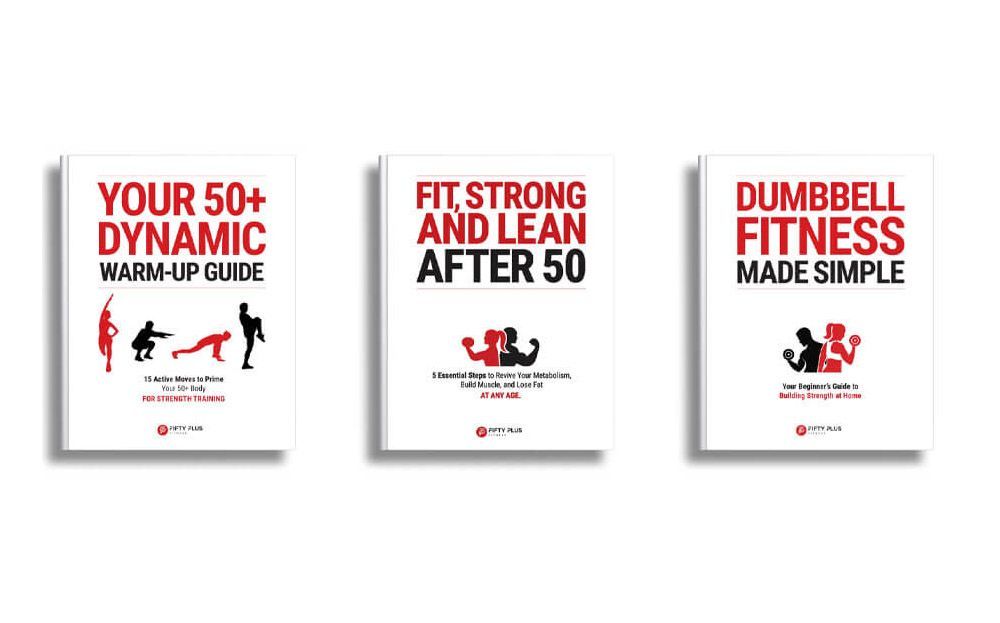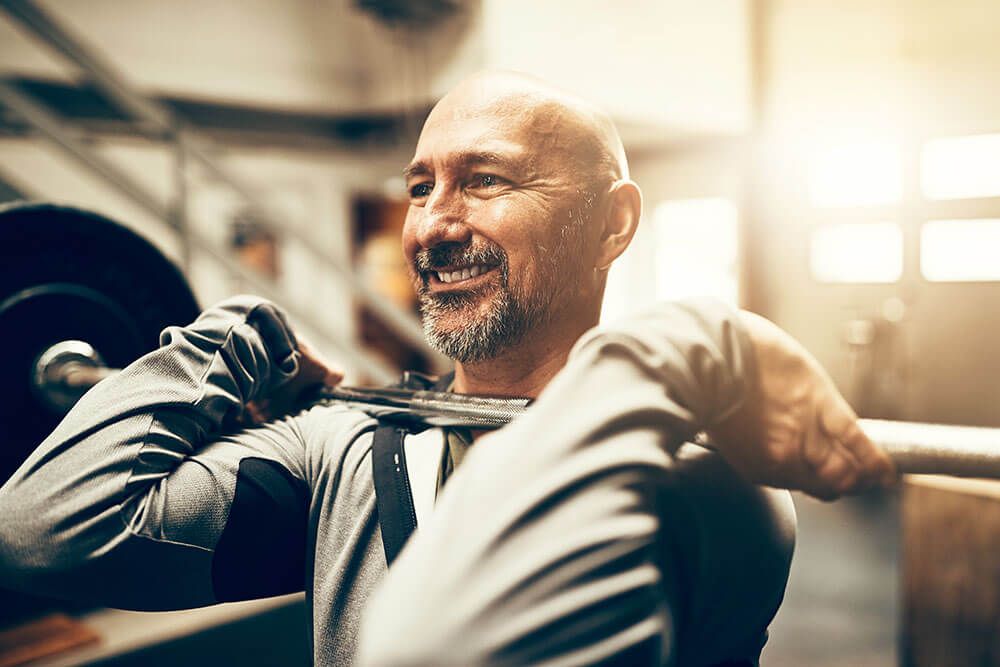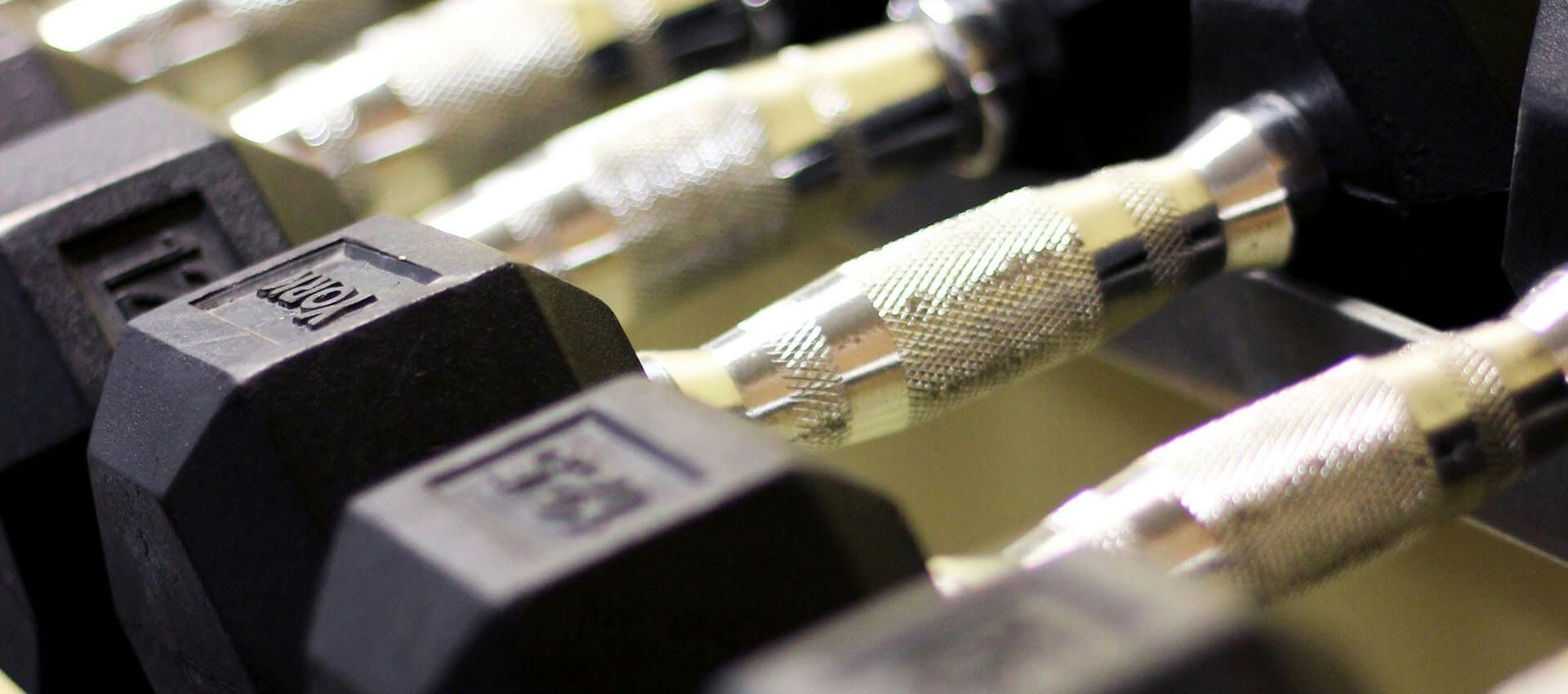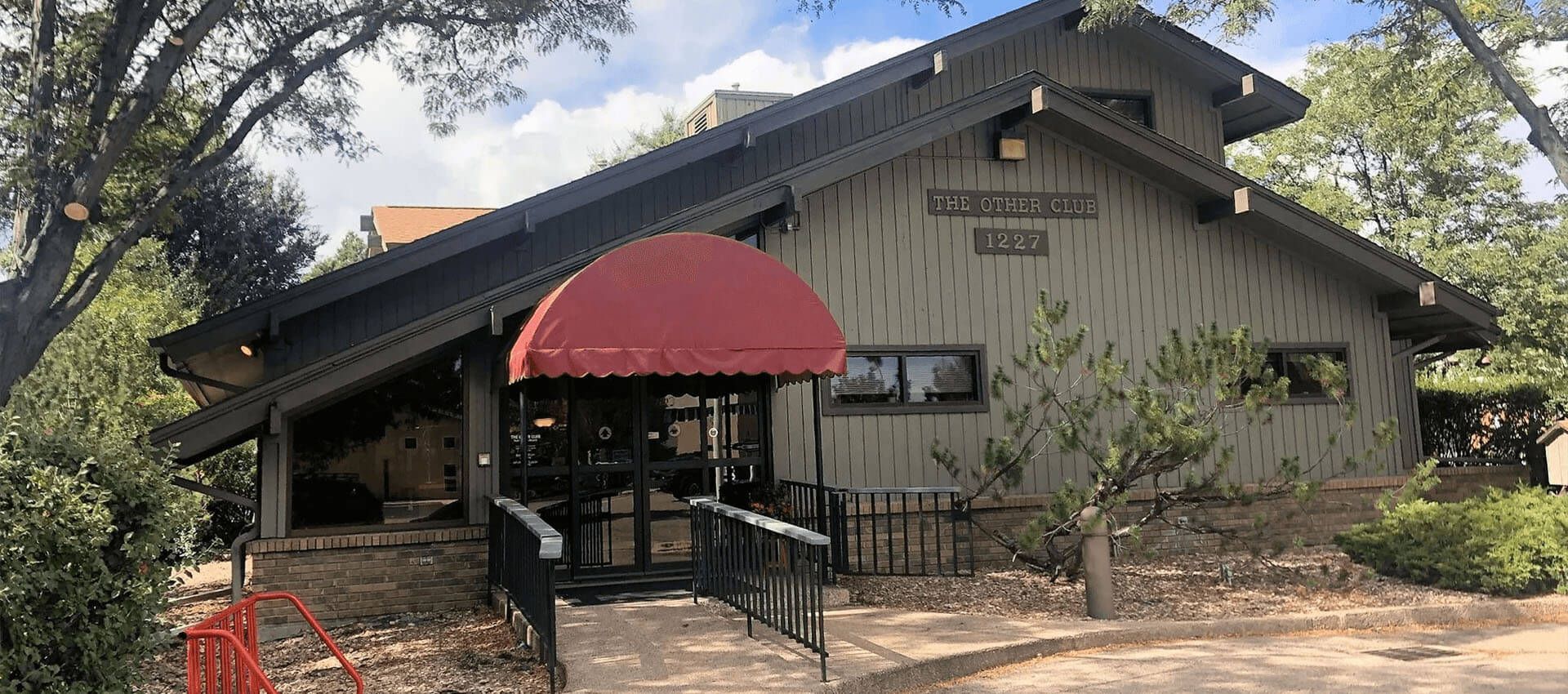Why Resistance Training and Protein Are Your Best Defense Against Aging After 40

Getting older isn’t the problem. Losing muscle, feeling sluggish, and watching your strength fade? That’s the real issue. But here’s the good news—you can fight back..
If you want to stay strong and age well, resistance training and protein should be your go-to tools. They help you keep muscle, stay active, and feel your best—even as the years add up..
In this post, we'll dive into three critical aspects of fitness for those over 40 and 50:
- The importance of resistance training for strength and health.
- Why protein is needed as you age.
- How this one-two combo can help reverse the effects of aging.
The Power of Resistance Training: Strength Beyond the Gym
Resistance training is about waaay more than lifting weights or building muscle for looks. It’s one of the most critical components of overall health and longevity, especially as you age.
Research shows that muscle mass plays a major role in extending your healthspan—the period of your life where you remain healthy and active.
According to Dr. Peter Attia, "The biggest predictor of longevity isn’t your cholesterol level or how often you run, but how much lean muscle mass you have."
This means that maintaining muscle mass can reduce your risk of falls, prevent injuries, and improve your metabolism.
So, are you over 40?, 50?, 60? Know that resistance training is your key to...
- Maintaining and increasing muscle mass: As we age, we lose muscle mass naturally—around 3-8% per decade after 30. Strength training helps combat this loss.
- Burning more calories: Building muscle increases your body’s energy expenditure, helping you burn more calories even at rest.
- Improving overall strength: It’s not just about lifting heavy. It’s about being stronger in daily activities—whether that’s picking up groceries or playing with grandkids.
Progressive Overload is Key: You don’t just want to go through the motions; you need to progressively challenge your muscles.
Progressive overload means continually increasing the demands on your body to make gains in strength and muscle. Whether it's by adding weight, increasing repetitions, or slowing down your movement (time under tension), the goal is to consistently push your body to adapt.
As Sal Di Stefano of Mind Pump Media explains, "The most important thing you can do for your metabolism is build muscle. That’s what turns your body into a calorie-burning machine."
Aim for resistance training at least 2-4 times a week to get stronger, maintain muscle, and stay healthy.
Protein: Your Secret Weapon for Building Muscle and Reversing Aging
If resistance training is the foundation, protein is the fuel. As we age, we need more high-quality protein to repair and build muscle. Without enough, your body can't recover or grow, leading to increased muscle loss and slower recovery.
Dr. Layne Norton, a leading expert in nutrition and fitness, says, "Protein is the only macronutrient that directly builds muscle. The more muscle you maintain as you age, the better your health outcomes will be."
For optimal muscle repair and growth, aim for at least 0.8-1.0 grams of protein per pound of body weight per day.
Prioritize high-quality protein sources like lean meats, fish, eggs, and plant-based options. Peter Attia stresses that maintaining protein intake is crucial for older adults to help combat sarcopenia (age-related muscle loss).
If fat loss is your goal, ensure your protein intake remains high, even as you cut calories from carbs and fats.
Protein keeps you feeling full longer and helps preserve lean muscle during a calorie deficit, making it easier to lose fat without losing strength.
How Much Protein should a 50+ year old eat?
- For maintenance: Aim for 100–120 grams of protein daily to preserve muscle and overall health.
- For muscle growth: 120+ grams per day, adjusted based on body size and fitness goals.
How Resistance Training and Protein Fight Aging
Aging leads to a natural decline in muscle mass and strength, a condition known as sarcopenia. This can lead to a loss of mobility, increased fat gain, higher risks of falls, and a decrease in your quality of life.
A study published in Gerontology found that individuals with weak muscles were more than twice as likely to have died during a study period compared to those with stronger muscles: People with low muscle strength more likely to die prematurely.
The decline in muscle mass begins around age 35 and accelerates after 50. If left unaddressed, it can cause mitochondrial dysfunction, decreased stem cells (which repair muscle), and declining myokines (proteins that help with muscle recovery and growth).
Why does this happen?
- Decreased muscle repair: The body’s ability to repair muscle through stem cells diminishes with age.
- Muscle loss reduces your body's ability to burn calories efficiently, often leading to increased fat storage and lower energy levels.
- Weak muscles mean weaker joints, bones, and a greater likelihood of falls and injuries.
Resistance training and proper protein intake help counteract these effects by preserving muscle, enhancing strength, and sustaining energy levels.
Not to mention the fact that you'll be way more mobile. Why? Well, stronger muscles support joints, reducing pain and improving flexibility.
All this stuff leads to better health and many studies show that people who maintain muscle mass as they age experience less chronic disease and live longer.
All good, right?
Sal Di Stefano sums it up: "Resistance training doesn’t just burn calories; it builds metabolically active muscle, which means you burn more calories at rest, even while you sleep."
And, according to Brad Schoenfeld, PhD and Alan Aragon, "Age-related anabolic resistance is largely preventable
with consistent resistance training and adequate protein intake."
Fat Loss and Aging
While cardio can help you lose fat, too much running, biking, etc., without strength training may lead to muscle loss, making it harder to sustain a healthy weight over time.
Including resistance training in your fat loss plan helps maintain and build muscle, keeping your body efficient at burning calories and making fat loss more sustainable.
With more muscle, you burn more calories, even when you're resting. It’s part of your fat loss formula.
Strength and Protein Are Your Keys to Reverse Aging
Both resistance training and protein intake are essential for fighting the aging process. As you build more muscle and increase your protein intake, you’ll notice improvements in:
- Strength: You’ll feel stronger and more capable in everyday tasks.
- Mobility: Increased muscle strength supports joint health and improves your range of motion.
- Fat loss: Maintaining muscle helps your body burn calories more efficiently, making fat loss easier and more effective..
- Energy: With more muscle and proper nutrition, you’ll feel more energized throughout the day.
The Message is Simple: Build Muscle, Eat Protein, Reverse Aging
If you want to feel your best after 40 or 50, resistance training and protein are your best bets. They are the foundation of a healthier, stronger, and more energetic life.
By incorporating personalized fitness plans focused on resistance training and ensuring your diet is rich in high-quality protein, you can combat the negative effects of aging, maintain muscle, and improve your overall quality of life.
Ready to feel stronger, leaner, and more energized?
Whether in Fort Collins or online, we’ll create a fitness plan tailored for you. Let’s build strength for life—get started today!












